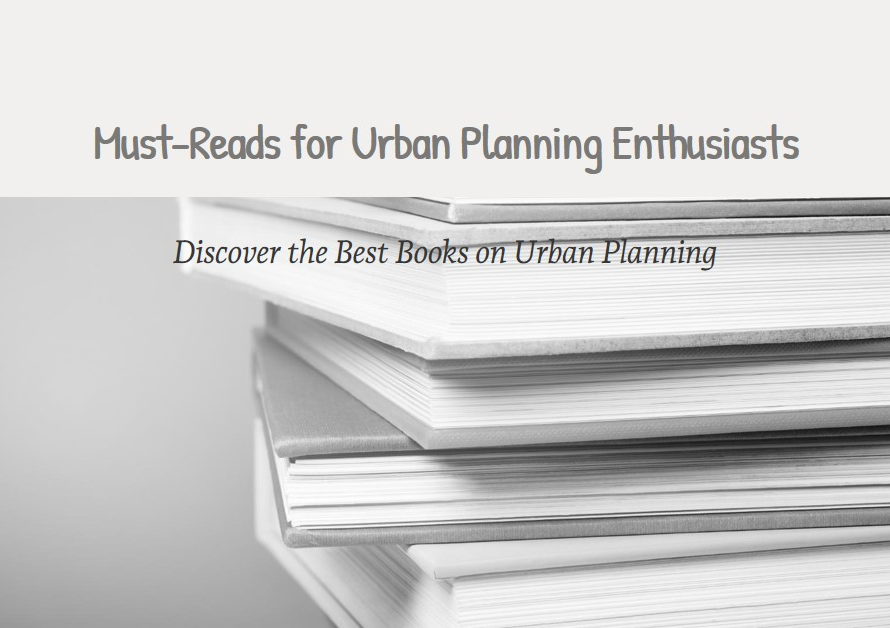
Table of Contents
Architectural magazines serve as influential platforms for showcasing innovative designs, sharing industry insights, and inspiring professionals and enthusiasts alike. Having your work featured in these publications can provide invaluable exposure, credibility, and recognition within the architectural community. In this comprehensive guide, we’ll explore the essential steps and strategies to help you navigate the process of getting your work published in architecture magazines.
1. Understanding the Publication Landscape: Researching Target Magazines
Before submitting your work to architecture magazines, it’s essential to research and familiarize yourself with the publication landscape. Identify magazines that align with your design aesthetic, project scope, and target audience to ensure that your work is a good fit for their editorial focus and content. Consider factors such as circulation, readership demographics, editorial style, and frequency of publication when evaluating potential magazines. Browse past issues, online archives, and social media channels to get a sense of each magazine’s editorial tone, visual style, and coverage of architectural topics. By understanding the publication landscape, you can target the right magazines and increase your chances of success.
2. Showcasing Your Best Work: Curating a Compelling Portfolio
A compelling portfolio is the cornerstone of any successful publication pitch. Select a curated selection of your best projects, designs, and achievements that demonstrate your creativity, expertise, and unique design approach. Include high-quality images, sketches, renderings, and drawings that showcase the aesthetic and technical aspects of your work effectively. Organize your portfolio in a clean, visually appealing format, with concise project descriptions, key features, and design highlights. Tailor your portfolio to the specific interests and preferences of each magazine, emphasizing projects that align with their editorial focus and audience preferences. By presenting your work in a professional and compelling manner, you can capture the attention of editors and increase your chances of being featured in architecture magazines.
3. Crafting a Persuasive Pitch: Writing a Compelling Cover Letter
In addition to your portfolio, a well-crafted pitch is essential for capturing the interest of magazine editors and securing publication opportunities. Write a compelling cover letter that introduces yourself, your work, and your reasons for wanting to be featured in the magazine. Tailor your pitch to each publication, highlighting relevant projects, design achievements, and industry accolades that demonstrate your expertise and suitability for their audience. Clearly articulate why your work is unique, innovative, and worthy of publication, and explain how it aligns with the magazine’s editorial focus and content priorities. Be concise, professional, and persuasive in your pitch, and provide editors with all the information they need to make an informed decision about featuring your work.
4. Understanding Editorial Guidelines: Following Submission Requirements
Before submitting your work to architecture magazines, it’s crucial to familiarize yourself with their editorial guidelines and submission requirements. Review the magazine’s website or contact the editorial team directly to obtain information about their submission process, deadlines, file formats, and formatting preferences. Follow the submission guidelines closely and ensure that your portfolio, pitch, and accompanying materials adhere to the magazine’s specifications. Pay attention to any specific instructions or requests from editors, such as including project credits, photographer credits, or captions for images. By following editorial guidelines and submission requirements, you can demonstrate professionalism and respect for the publication’s editorial process, increasing your chances of success.
5. Building Relationships with Editors: Cultivating Professional Connections
Building relationships with editors and editorial staff can significantly enhance your chances of getting your work published in architecture magazines. Attend industry events, networking mixers, and professional conferences to meet editors, writers, and other industry professionals in person. Introduce yourself, share your work, and express your interest in being featured in their publication. Follow up with editors after meeting them to maintain communication and stay on their radar. Additionally, engage with editors and publications on social media platforms, such as LinkedIn, Twitter, and Instagram, to stay informed about editorial opportunities, submission calls, and industry news. By cultivating professional connections with editors, you can increase your visibility, credibility, and access to publication opportunities in architecture magazines.
6. Submitting High-Quality Visuals: Capturing the Essence of Your Work
High-quality visuals are essential for capturing the attention of editors and readers and showcasing the essence of your work effectively. Invest in professional photography, videography, or rendering services to capture your projects in the best possible light. Ensure that your visuals are well-composed, well-lit, and accurately represent the design intent and aesthetic of your work. Provide editors with a variety of images, angles, and perspectives that highlight different aspects of your projects, such as exterior views, interior spaces, and close-up details. Consider including before-and-after images, concept sketches, and process drawings to provide insight into your design process and creative journey. By submitting high-quality visuals that tell a compelling visual story, you can captivate editors and increase your chances of being featured in architecture magazines.
7. Highlighting Unique Perspectives and Insights: Adding Value to Editorial Content
In addition to showcasing your design work, consider offering unique perspectives, insights, and thought leadership in your submissions to architecture magazines. Share your expertise, experiences, and lessons learned from your projects, and provide valuable insights into industry trends, challenges, and opportunities. Offer commentary on relevant topics, such as sustainable design, urban planning, or emerging technologies, to position yourself as a knowledgeable and authoritative voice in the field of architecture. By adding value to editorial content with your unique perspectives and insights, you can differentiate yourself from other submissions and increase your appeal to editors and readers alike.
8. Embracing Feedback and Revisions: Improving Your Submission
Receiving feedback from editors is an invaluable opportunity to improve your submission and increase your chances of publication. Be open to constructive criticism and suggestions for revisions, and be willing to make changes to your portfolio, pitch, or visuals based on editors’ feedback. Take the time to carefully review editors’ comments and recommendations, and consider how you can address their concerns or enhance your submission to better align with their editorial vision and objectives. Be proactive in seeking clarification or additional guidance from editors if needed, and communicate your willingness to collaborate and iterate on your submission until it meets their expectations. By embracing feedback and revisions, you can demonstrate your professionalism and commitment to excellence, increasing your chances of success in getting your work published in architecture magazines.
9. Celebrating Success and Building Momentum: Leveraging Publication Opportunities
If your work is selected for publication, celebrate your success and leverage the opportunity to build momentum in your career. Share the news with your professional network, clients, and collaborators, and promote your feature on social media platforms, websites, and professional profiles. Consider writing a blog post or press release about your publication, and reach out to local media outlets or industry publications to expand your reach and visibility. Use your publication as a springboard to attract new clients, opportunities, and partnerships, and continue to build your portfolio and reputation in the field of architecture. By leveraging publication opportunities, you can amplify your impact, influence, and recognition within the architectural community.
10. Conclusion: Navigating the Path to Publication with Confidence


In conclusion, getting your work published in architecture magazines is a rewarding and worthwhile endeavor that can elevate your career and establish your reputation as a respected professional in the field. By understanding the publication landscape, crafting a compelling portfolio, and building relationships with editors, you can increase your chances of success and secure valuable publication opportunities. Embrace feedback, leverage your unique perspectives and insights, and celebrate your successes along the way. With perseverance, professionalism, and dedication, you can navigate the path to publication with confidence and showcase your work to the world, inspiring others and leaving a lasting impact on the architectural community.



